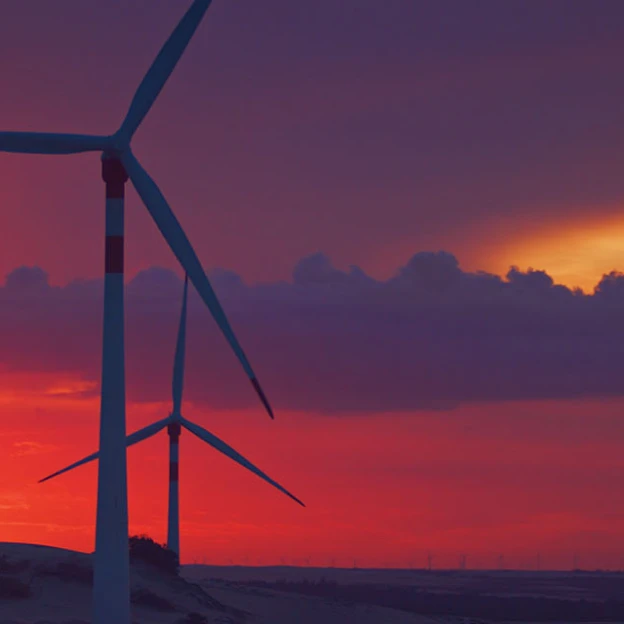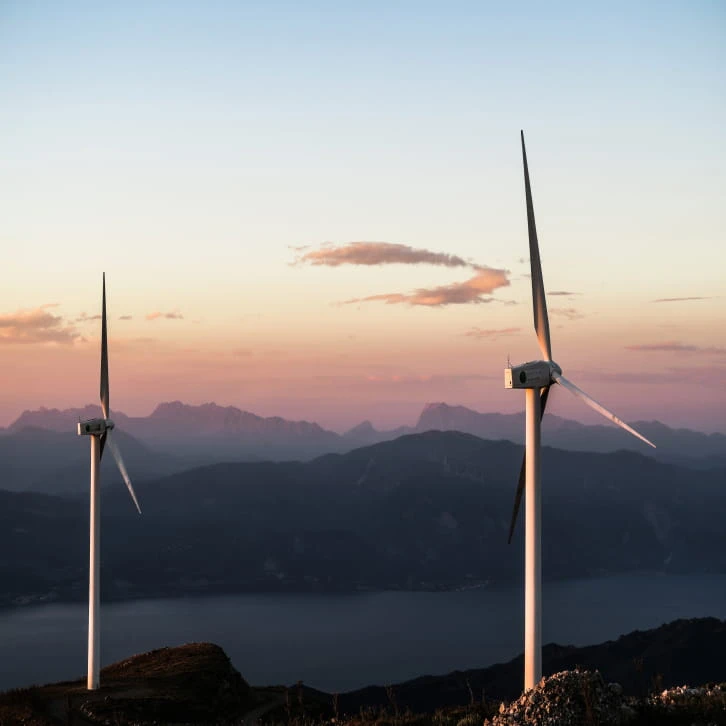ENGIE's commitment to reducing greenhouse gas emissions.
ENGIE is committed to enhancing corporate actions and strategies to reduce its Greenhouse Gas (GHG) emissions and has been fulfilling its purpose of acting to accelerate the transition to a carbon-neutral economy. In addition, it is adapting its practices and processes to the scenario of a fair energy transition to limit global warming compared to pre-industrial levels. Thus, it strives to make a decisive contribution to slowing down climate change and its impacts, aligned with the principles of the Paris Agreement and also the Sustainable Development Goals (SDGs).
The company’s purpose and pledges are reflected in its Environmental Policy and other corporate guidelines on the topic, applicable to all of its business units – also including the ENGIE Group’s Non-Financial Objectives.
Tais diretrizes são orientadas por compromissos públicos que integram uma série de iniciativas globais relacionadas ao tema, tais como Science Based Targets (SBT), World Alliance for Efficient Solutions, Caring for Climate, Hydrogen Council, Terrawatt Initiative, Business Leadership Criteria on Carbon Pricing e TCFD (Task Force on Climate-related Financial Disclosures), bem como iniciativas locais como o Pacto Global – Rede Brasil, Coalizão pelo Clima e o Conselho Empresarial Brasileiro para o Desenvolvimento Sustentável – CEBDS.
100% renewable electric energy generation complex in Brazil
Strict control over its own emissions
ENGIE acts guided by clear strategic business decarbonization drivers.
Value-chain engagement
Carbon footprint assessment by activity
Actively developing initiatives based on its management, mitigation and adaptation pillars.
ENGIE maintains a 100% renewable generation complex in Brazil. Its strategy includes business decarbonization, expansion of renewable-source energy, efficient and sustainable solutions for customers, and the involvement of the entire value chain. In addition, the company strictly controls its own emissions, evaluates its carbon footprint, and promotes management, mitigation and adaptation initiatives.
The mitigation pillar stimulates and strengthens additional initiatives besides decarbonization actions, such as the use of renewable fuels for its fleet, using coolant gases with low global warming potential, energy efficiency, and supply-chain engagement.
In the case of the adaptation pillar, mapping and assessing climate risks and opportunities are particularly important, as is the design and preparation of adaptation strategies and plans in line with the guidance and recommendations of the leading scientific and market references. ENGIE remains attentive to market opportunities, and believes that it is crucial for investments in renewable energy, transmission systems and low-impact solutions to go hand-in-hand in the context of the energy transition.
ENGIE remains attentive to market opportunities, understanding it as essential that, in the context of the energy transition, investments in renewable generation, transmission systems, and low-carbon solutions are in harmony.
On a different front, the Company provides solutions in support of other organizations on the path to de-carbonization. To this end, ENGIE offers the market Green Products such as: Carbon Credits, Renewable Energy Contracts (ENGIE-REC), and Renewable Energy Certificates (I-RECs).



Programs and Initiatives
Nenhum caso relacionado encontrado.Além da Energia
Além da Energia is ENGIE Brasil's brand publishing project, specializing in producing and distributing original and curated journalistic content related to the energy transition towards a low-carbon economy and sustainable growth.